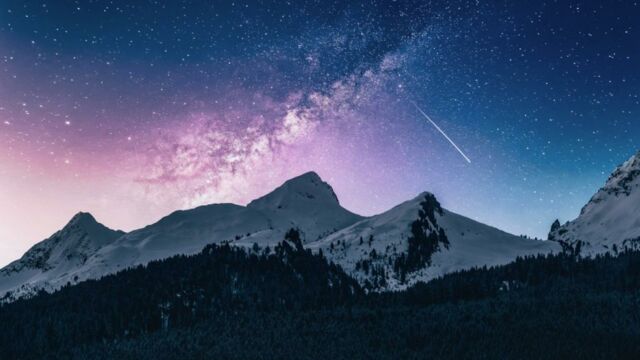The year 2023 has flown by at phenomenal speed. We're already approaching the final weeks before 2024, but that doesn't mean astronomical news has said its last word. There are many events to look forward to, such as the Geminids shooting star shower. Here's all the key information about this natural spectacle.
Discover our latest podcast
Why are they called Geminids?
If you regularly read our articles on astronomical news, then you'll no doubt know that a shooting star shower is (very) usually associated with a comet. The Geminids are an exception in that they are associated with an asteroid: 3200 Phaethon.
This 'potentially dangerous' asteroid is over five kilometers in size and was discovered in 1983. According to Earthsky:
After calculating the orbit, Fred Whipple announced that this asteroid had the same orbit as the Geminid meteor shower. This is highly unusual, as never before has an asteroid been associated with a meteor shower.
The shower of shooting stars can be seen in the constellation Gemini, from which it takes its name.
When will we be able to see this shower of shooting stars?
In 2023, the Geminids shooting star shower will be active from December 4 to 20, reaching its peak on December 14. Its ZHR (meteor rate per hour) is not fixed, but an impressive show is expected, with around a hundred meteors per hour.
For astronomy fans, this is an event not to be missed: by way of comparison, there were 'only' fifteen meteors per hour during the recent Leonids, and the ZHR of the Northern Taurids was only 5!
Finally, this shower of shooting stars is just one of the many astronomical events that will mark the month of December. Later in the month, we'll be celebrating the winter solstice and the full cold moon.
Read more:
⋙ Winter solstice, full moon, shooting stars - Here are all the major astronomical events in December
⋙ Space Pollution: Could the debris surrounding the planet cause a collision in the future?
This article has been translated from Gentside FR.















